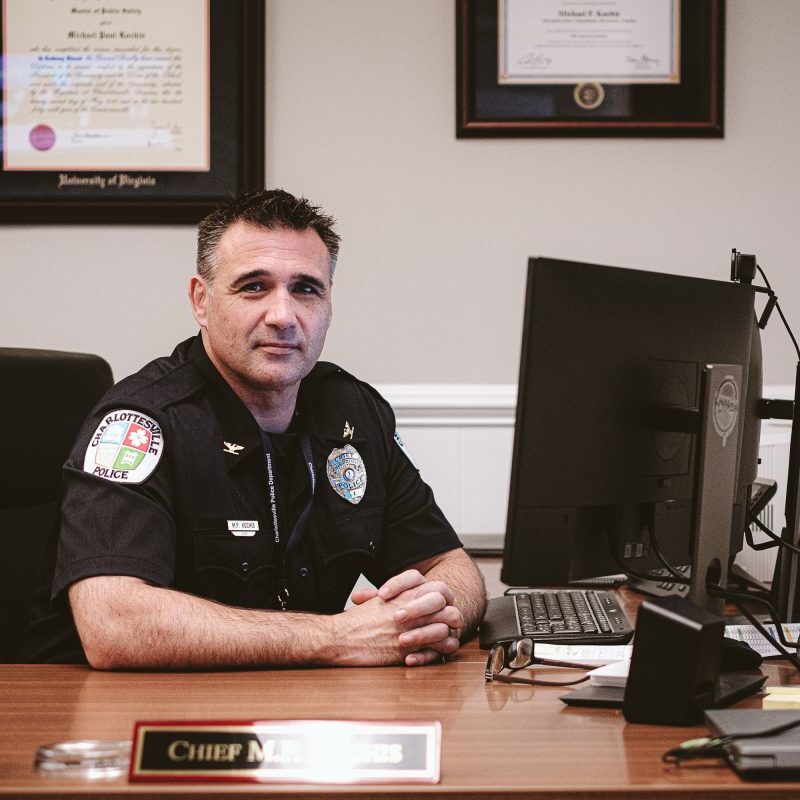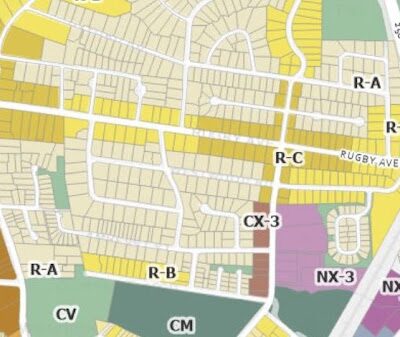Teri Kent runs Charlottesville’s Better World Betty, a non-profit organization and online resource for locals looking to shrink their impact on the environment. Every month, Betty—Kent’s ’50s-housewife-meets-earth-goddess alter ego—answers the most burning eco-
questions from our readers about energy use, water, waste and recycling, transportation, and green buying.
Q: I’m bad about checking my tire pressure. Does it really make a difference?
A: Yes, and every psi drop could be costing you fuel dollars. According to fueleconomy.gov, you can improve your gas mileage by up to 3.3 percent by keeping your tires inflated to the proper pressure—and with temperatures dipping lower, you’re more likely to be underinflated.
The easiest way to create a habit is to attach the behavior to something you’re already used to doing. So check your current pressure with a nifty pressure gauge as a part of your “fill-er-up” routine. Verify the recommended PSI on the inside of your driver’s side door, and fill your tires at your nearest gas station air pump as needed.
There are also plenty of great iPhone and Android apps to improve your fuel efficiency, which provide statistics on your trips and break down your driving into graphs to visualize your habits and how you can improve them. Check out Trip Cubby, MileLog, and MileTracker.
Q: I’m making the switch to LED holiday lights this season. How do I recycle all my old holiday string lights?
A: Smart choice! LED holiday lighting is an excellent way to save your household money this season. And fortunately, in the past couple of years, many light retailers are stepping up and offering recycling programs. Home Depot is one, but the closest store is in Waynesboro, and this year it ran only for the first two weeks in November. Depending on your location, you could weigh that option for next year.
In the meantime, mail-in programs have cropped up across the U.S., which enable you to ship the old lights in a cardboard box. Upon receipt, companies may send you a coupon for 10 to 15 percent off the purchase of new lights. You can search on Earth911.org for all these programs, but the one I recommend (and will be choosing myself this year) is Holiday LED Recycling at HolidayLEDs.com. Mail those strings of lights to 13400 Watertown Plank Rd., Suite 34, Elm Grove, Wisconsin, 53122. I chose this one because it was the most transparent on its site about its process: “Once we have collected a substantial number of sets we take them to a third-party recycling facility. The recycling company puts the lights through a commercial shredder, which chops the lights up into little pieces. The pieces are then further processed and sorted into the various components that make up the lights (PVC, glass, copper).”
Q: We don’t use our fireplace very much and are wrestling with various alternatives of what to do with the space. Can you help?
A: There are a lot of variables in every home, so this one is rather difficult to answer. I would first suggest that you get a home energy check-up from LEAP (the Local Energy Alliance Program) or an audit (several companies in town do this) to help you assess this situation.
In the meantime, though, keep in mind that traditional fireplaces are neither efficient nor environmentally sound. Most of the heat produced by the fire literally goes up in smoke through the chimney. Guy Caroselli, senior technical advisor at LEAP, suggests installing a fireplace insert. They are efficient, clean-burning units that are fairly easy to install. Many different types of inserts are available. The important feature here is that they seal off the fireplace so the warm air in the house stays in the house and the cold air stays outside where it belongs.





